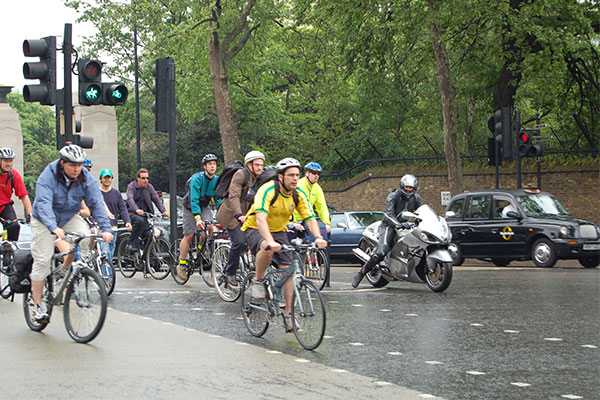
London's New Cycling Zones
In an effort to reduce congestion levels and improve cycling safety, new zones known as Mini-Hollands have been given the go-ahead for development in London. The plans, which feature £100 million of public funding, have been awarded to Enfield, Kingston and Waltham Forest following a bidding process that involved a number of outer-London boroughs.
The initiative was conceived as part of the ‘Love London, Go Dutch’ campaign and is intended to provide a safer, more attractive environment in which cyclists can travel. It is hoped that the scheme will encourage more people to travel by bicycle and targets those who travel short distances by car. Although plans are still in the consultation stage for each council, if approved, they will require extensive redevelopment of the three boroughs.
In Enfield, the town-centre would have to be almost completely redesigned with segregated cycle routes linking a cycle hub at Enfield Town station to various nearby locations. Greenway cycle paths would also be introduced.
For Kingston-upon-Thames, the plans call for the construction of a large cycle hub and a new plaza directly outside Kingston Station. New routes would also be constructed around the town, with some wending their way along the banks of the river. Waltham Forest has opted for a semi-segregated route that runs alongside Lea Bridge Road.
In addition to ensuring the safety of cyclists, one of the main goals is to reduce traffic levels. However, some contend that segregated bike lanes actually encourage car congestion because reduced road space for cars means more delays. Nevertheless, there is actually plenty of evidence to suggest that when properly implemented cycling lanes don’t really hinder traffic.
As well as encouraging more people to opt for two-wheeled travel, some of the plans will draw cyclists away from roads, which should help to keep traffic flowing at an acceptable rate. So in addition to reduced driver numbers resulting from more bike riders, there’s also less chance of traffic bottlenecks in more built-up areas.
With regards to cycle-friendly, car-free zones, there are some concerns about how the traffic will be re-distributed. Kingston-upon-Thames provides an example of how town-centre restrictions can sometimes increase congestion. Although the town centre is largely devoid of traffic, save for delivery vehicles, its one-way, ring-road system is often heavily built-up with tail-backs reaching as far as the nearby village of Ham.
Still, it is worth pointing out that other European cities such as Amsterdam are dominated by bicycle-only zones. These have proved largely successful in creating a safe environment for cyclists. Although they haven’t eradicated traffic congestion, they have gone some way in alleviating the problem, as well as making the roads safer and cutting emissions. So while these new cycle zones may not be the perfect solution, they should at the very least, provide some relief for a city that has one of the worst reputations in the world for traffic congestion.
Get a quote on your insurance today.